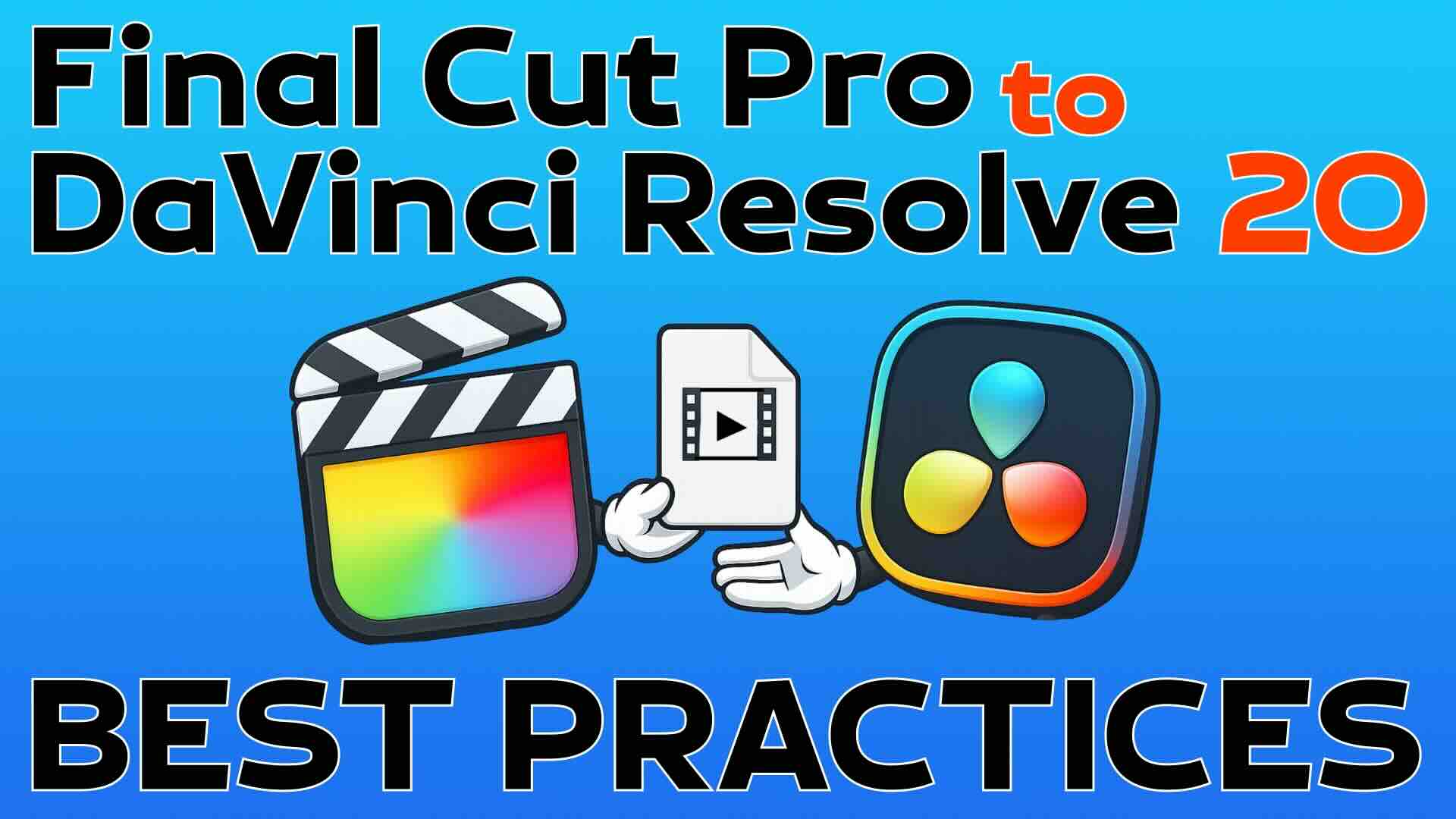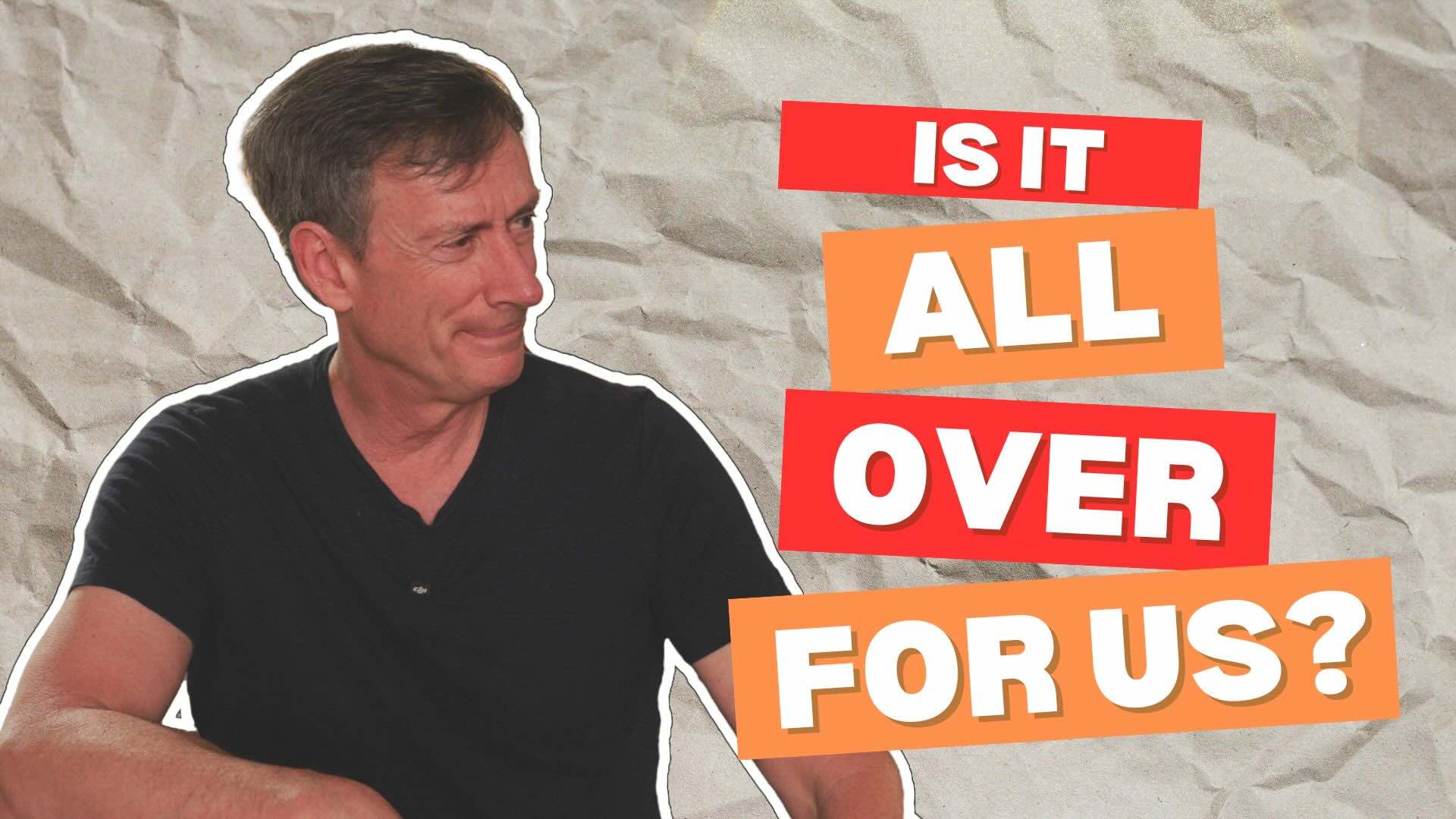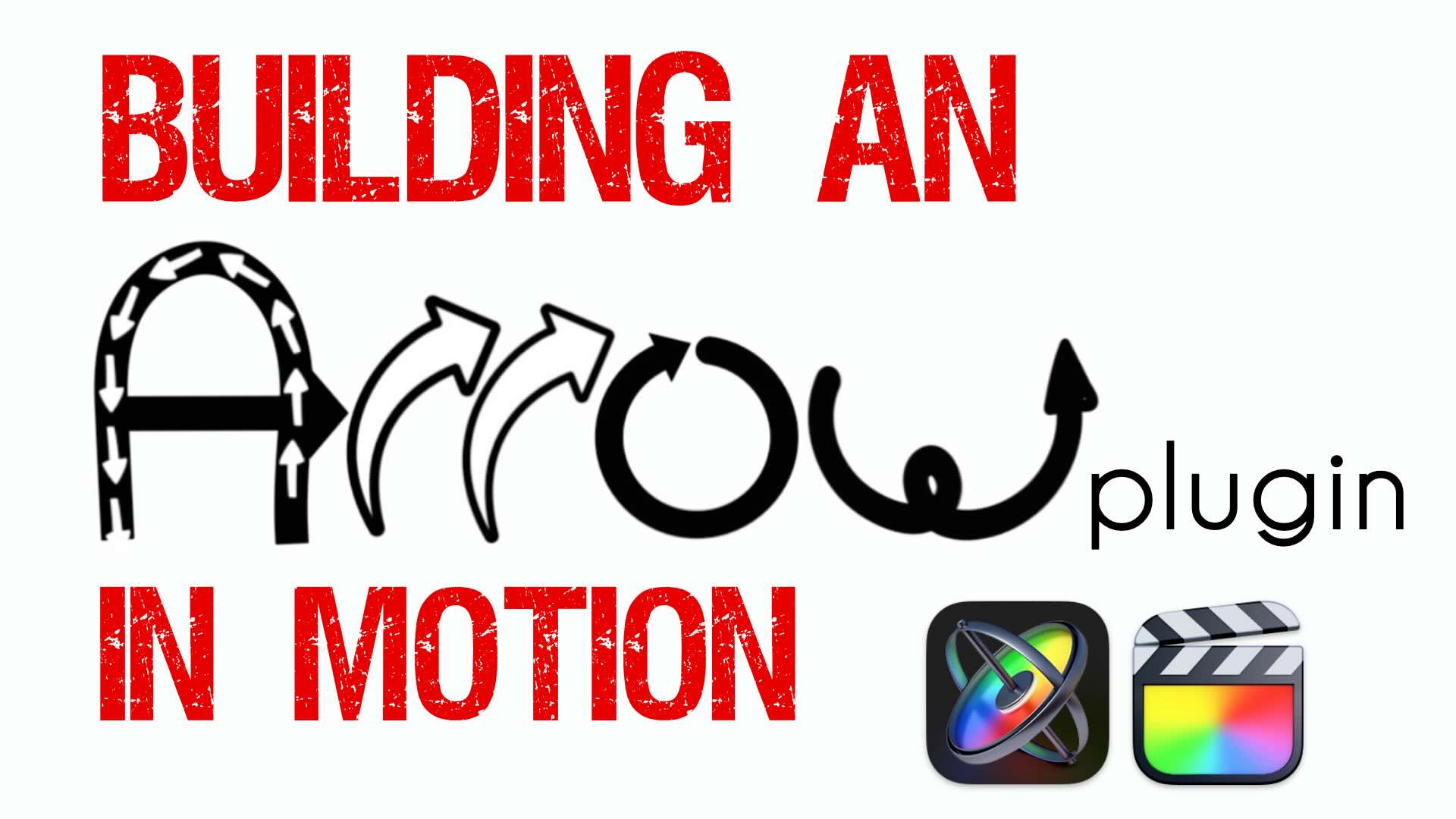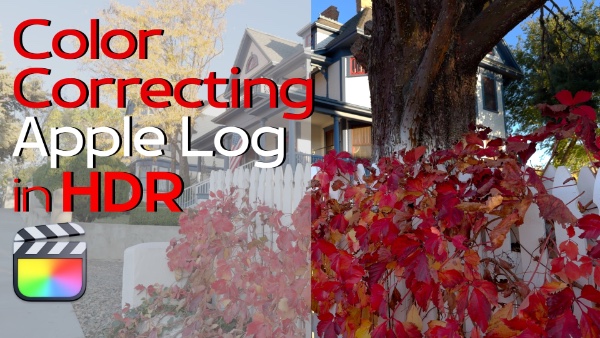Making Time-Lapse Video in Final Cut Pro X
Many of you shoot time-lapse with your DSLR’s, GoPro cameras and iDevices. Whatever camera you’re using to capture your images, Steve will show you how work with them in Final Cut Pro X.
One of the main advantages of shooting photos instead of video for time-lapse work, is that the resolution is 2 to 6 times greater than standard HD video. Once your photos have been strung out in the timeline, you can use a Compound Clip to turn your 2, 4 or 6 K images into a single clip that can be re-framed and re-sized and ultimately output in 1080 or 720p resolution.





